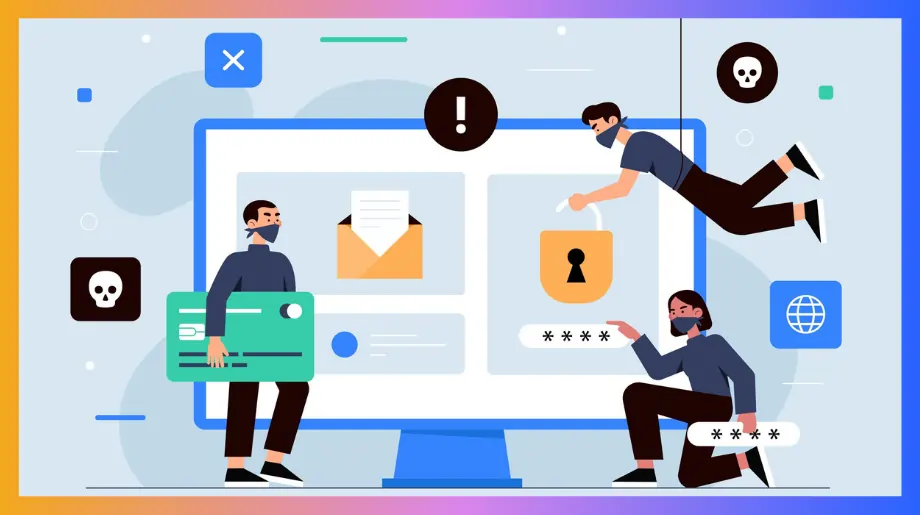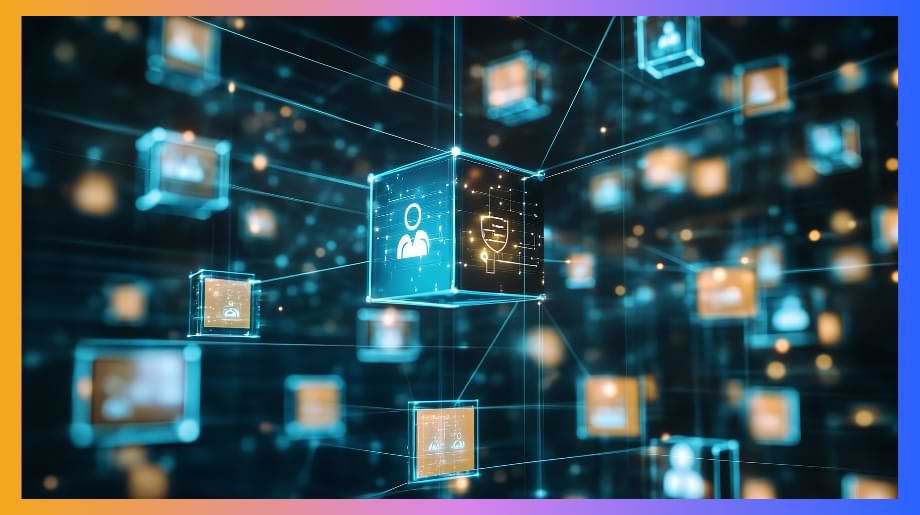Introduction
In the field of cybersecurity, the principle of least privilege (PoLP) is an essential foundation for strong security systems.
The persistent threat landscape requires organizations of all sizes and industries to implement robust security measures. Least privilege access is a subtle but effective method for reducing risk by ensuring that people, apps, and systems only have the rights they need to execute their responsibilities.
This article will look at the processes and tactics for effectively integrating PoLP in Identity and Access Management (IAM) to improve your organization's security posture.
Understanding the Principle of Least Privilege (PoLP)
At its foundation, PoLP is about discipline and accuracy. It works on the principle that if something does not require access to a specific resource, it should not have it. This method minimizes the attack surface by minimizing potential points of compromise. Understanding PoLP is critical for cybersecurity experts, IT administrators, CTOs, and CEOs as they build successful IAM protocols.
As cyber threats get advanced, so do the ways of entry. Whether through phishing attacks or zero-day vulnerabilities, attackers frequently use over privileged accounts to increase rights and browse systems. PoLP is a fail-safe mechanism that can prevent such lateral movements inside your network.
Steps to Implement Least Privilege Access
Implementing PoLP is not a one-size-fits-all process but a tailored effort that aligns with your organization’s unique operational needs.
- Assess and Audit Current Privileges: Begin with a comprehensive audit of existing permissions. Identify who has access to what and why. This will expose instances of privilege creep, where users accumulate permissions over time beyond what is necessary.
- Categorize Roles and Responsibilities: Create a detailed role matrix that defines what each job function requires in terms of access. Design role-based access controls (RBAC) to streamline and standardize the assignment of privileges.
- Adopt Just-In-Time (JIT) Access: JIT access mechanisms grant permissions only when needed and for the shortest duration possible. This dynamic model further ensures that static permissions do not become a liability.
- Implement Strong Authentication and Monitoring: Robust authentication methods such as multi-factor authentication (MFA) should be enforced. Continuous monitoring and logging of access activities will help in the early detection of anomalies and unauthorized attempts.
- Regularly Review and Reassess: The implementation of PoLP is an ongoing process. Schedule periodic reviews of access levels to ensure they remain aligned with current needs. Deactivate or reassign privileges as roles evolve.
Technological Tools and Solutions
Several technological solutions can aid in the implementation of PoLP:
IAM Systems
Modern IAM solutions like Infisign offer sophisticated features such as automated provisioning and de-provisioning of access, role management, and compliance reporting.
Privileged Access Management (PAM)
PAM solutions specifically focus on controlling and auditing privileged access. They offer capabilities like session recording and command filtering to ensure that high-level access is tightly controlled.
Endpoint Security Solutions
These tools can enforce PoLP by restricting application and network permissions on endpoints, ensuring that only authorized activities are permitted.
Conclusion:
The idea of least privilege is not simply a theoretical concept; it is an actual, effective technique for improving security in Identity and Access Management. Implementing PoLP necessitates a thorough and complex approach that includes regular audits, role-based access controls, strict authentication, and constant monitoring. Organizations can greatly minimize their exposure to both internal and external threats by limiting unneeded access.
As cybersecurity specialists, IT administrators, CTOs, and CEOs, you must promote and implement least privilege access inside your organizations. This not only strengthens your security defenses, but also promotes a proactive security culture that values precision and restraint. With cyber threats showing no signs of abating, now is the time to act.




















